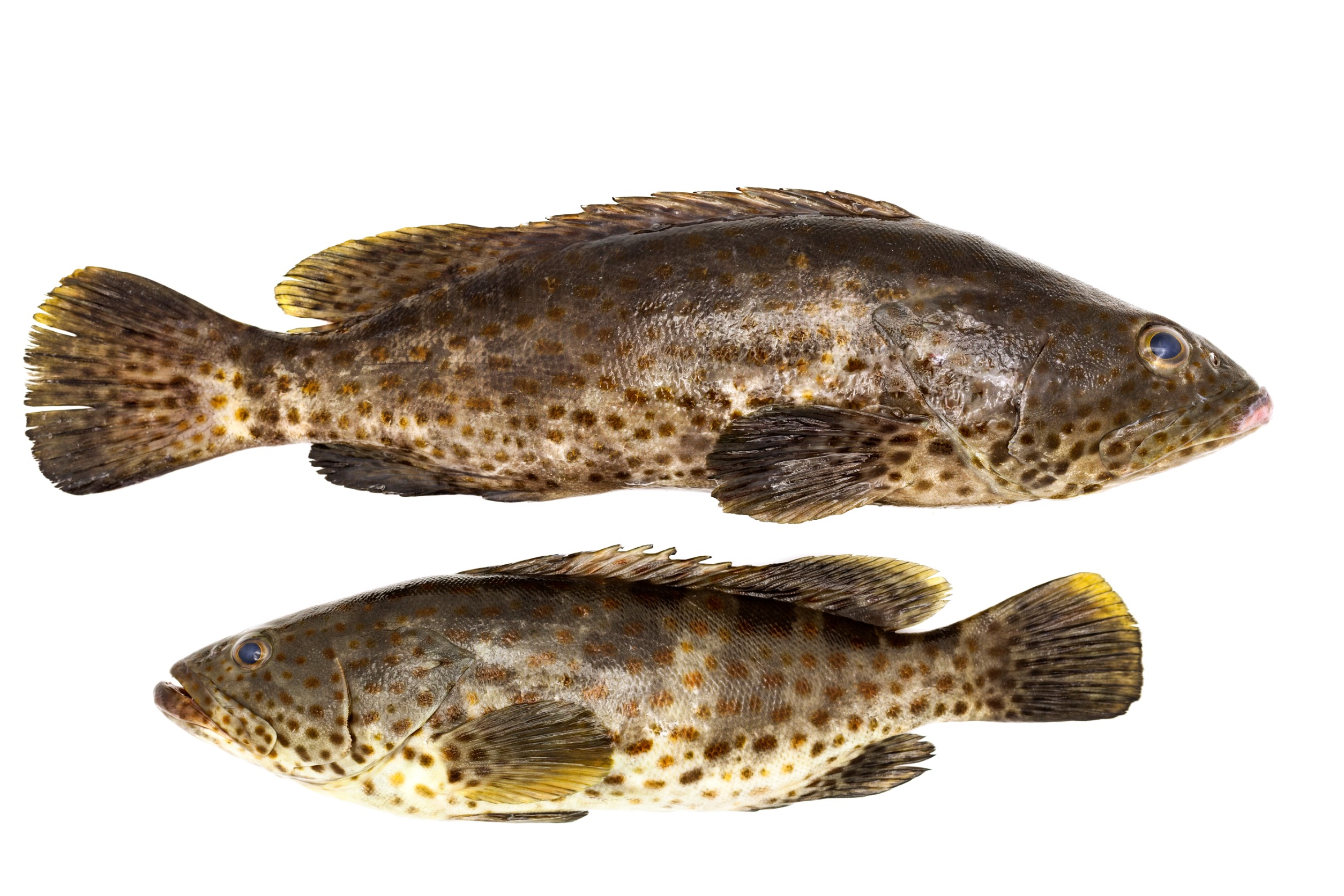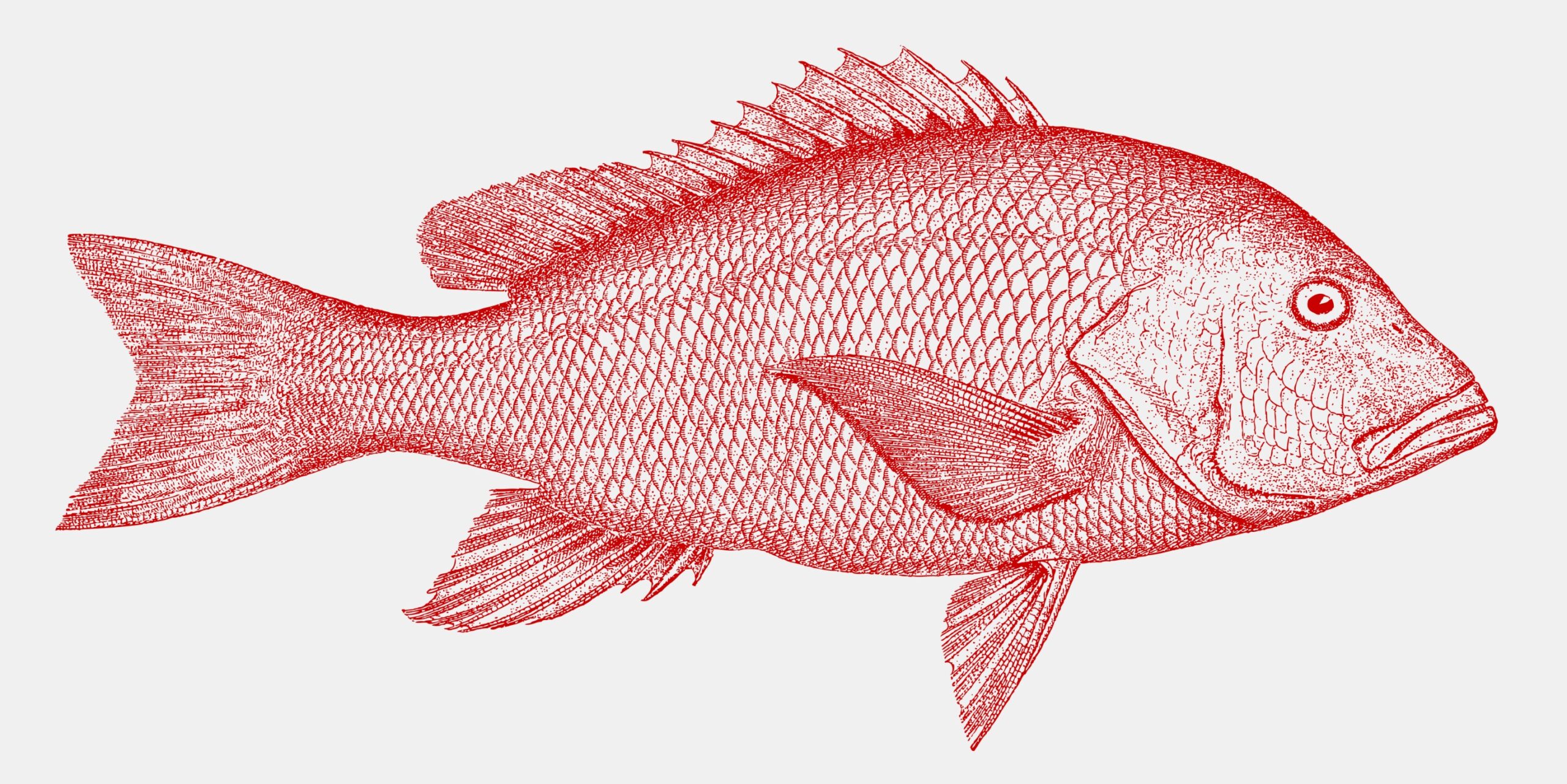Both grouper and red snapper are famous fish that occupy similar habitats. These fish are both well-known in the region but have many differences. For starters, a grouper looks much different than a red snapper, and you will be able to tell the difference. Moreover, when someone mentions grouper, they mean the species as a whole, and the grouper comes in many different forms, unlike a red snapper. These fish differ despite some of their similarities. Grouper and red snapper differ in appearance, habitat, taste, and more.

What are the differences between a grouper and a red snapper?
The differences between the grouper and a red snapper fish are listed below.
The appearance
Let’s start with the fundamental difference between these fish. The grouper is known for being a large, rounded fish with a huge mouth. This robust fish also usually has a lower jaw that extends outwards more than the upper jaw. Perhaps the most significant difference is that, although there are many types of groupers, most are very dully colored in gray, green, and brown. The pelvic and anal fins are sharp, but their dorsal fins are soft and usually located at the back of the body.
When it comes to the red snapper, it has the same body as another snapper with its sloppy body, medium- to large-sized scales, and spiny dorsal fins. The body of the red snapper is also laterally compressed. The most exciting part of the fish is its color; it’s a light red, with the brightest pigmentation on the back of the fish.
The habitat
Groupers are found in almost all parts of the world because there are so many species of this fish. You can find groupers in tropical, subtropical water, freshwater, and saltwater. The fish is usually found near reefs in the ocean. It can inhibit shallow as well as deep waters.
The red snapper and grouper live in similar habitats as this fish in the western Atlantic Ocean, the Caribbean Sea, and the Gulf of Mexico, where groupers are located. However, groupers in this area are found in deeper waters than red snapper. The red snapper is around rocky ledges, ridges, and artificial reefs such as oil rigs.
The size
The size of the grouper is large. Of course, some groupers are smaller, but most well-known groupers are big. You can find groupers ranging in size from 35 inches to 7 feet. Since this is a round fish, they usually weigh much more than the average-looking fish like red snapper. Therefore, grouper is considered to be a bigger fish.
The red snapper is not a small fish, either. The average size of the red snapper is 24 inches in length. This is still small compared to most grouper sizes. The biggest red grouper caught was 28 inches in size but weighed 50 lbs. Regarding lifespan, both groupers and red snappers live for around 10 -15 years.

The reproduction
Both of these fish have unique ways of spawning. The grouper reproduces in a harem, and they mate in pairs. However, the grouper is known as a monandric protogynous hermaphrodite. This means the fish is only female and change their sex after maturity. So all the grouper fry are female, and they stay this way for a long time before changing their sex, which makes their reproduction unique.
On the other hand, the red snapper is a broadcast spawner. This is when several female fish and several male fish release eggs and sperm at the same time above the ocean bed. The sperm then fertilizes the eggs outside the body. The current carries the eggs away, increasing their likelihood of surviving.
The nutritional value
Both of these fish are edible and eaten by people worldwide. Of course, they still have different nutritional values. For example, the grouper is higher in iron than the red snapper. Grouper has 117% more iron in comparison. The grouper is also higher in potassium and zinc. The grouper has more vitamins overall compared to the red snapper.
The red snapper has a higher concentration of vitamin B12, vitamin B6, vitamin C, and phosphorus. The red snapper is also higher in calcium compared to the grouper. The red snapper is fatter and has more calories as well. So, these two fish are unique in nutritional composition, but they are both excellent for your health.
The taste
Both grouper and red snapper are delicious as well. The grouper is known to be less sweet and more firm in comparison. You cannot eat grouper daily because it has a high concentration of harmful chemicals, especially when wild-caught. The skin of the grouper is inedible as well. Grouper is excellent when used in dishes with flavorful marinades, as it absorbs flavor from marinades and other sauces.
On the other hand, the red snapper has a sweeter taste and is flakier. The natural taste of the red snapper is much more flavorful, so it is preferred if you want the natural flavors of a fish by grilling it. The best way to experience the taste of any fish is to buy a very fresh fish, so when purchasing grouper or red snapper, make sure it is new and not there for a couple of days.
Conclusion
The red snapper and some grouper species may inhabit the same water but differ in many ways. They have different sizes, habitats, reproduction methods, nutritional compositions, and tastes.











